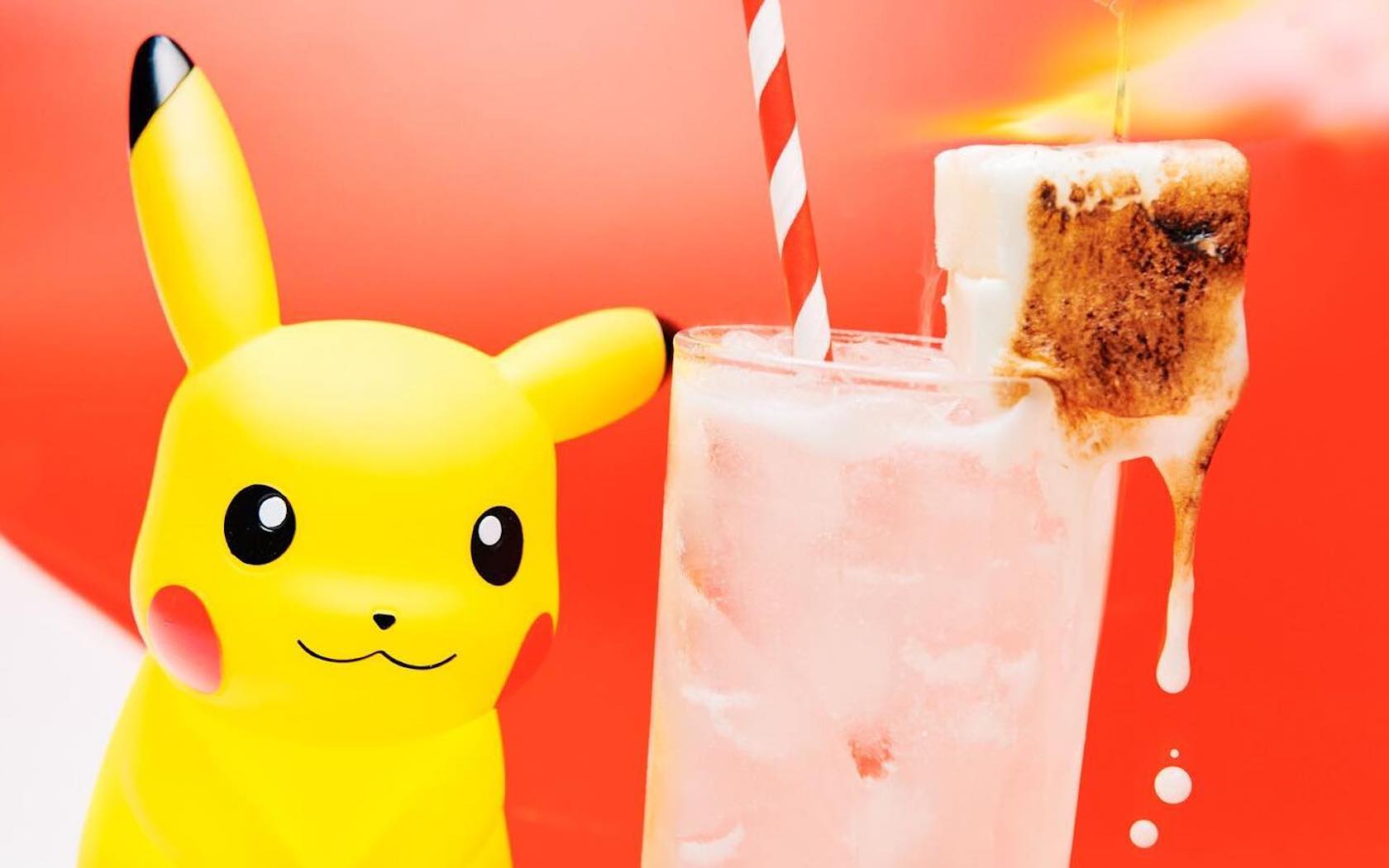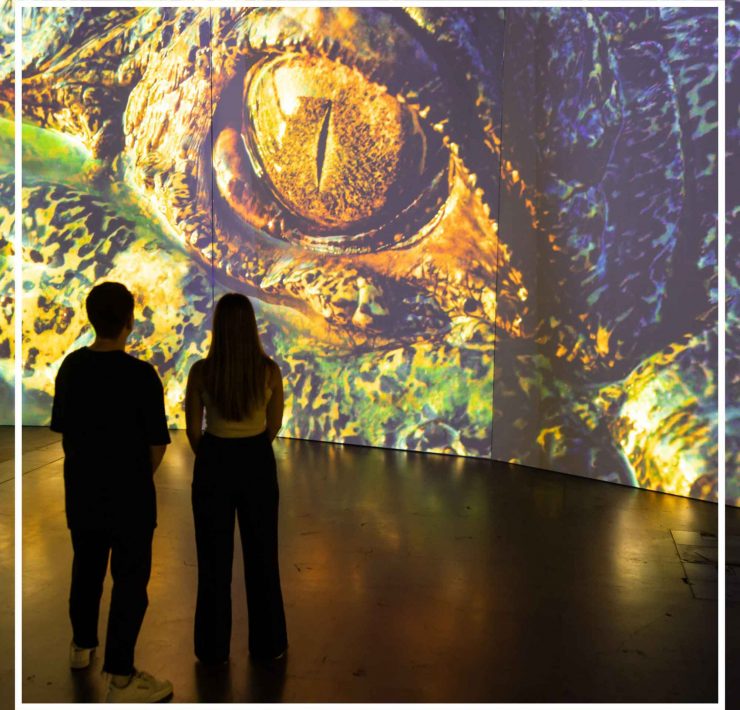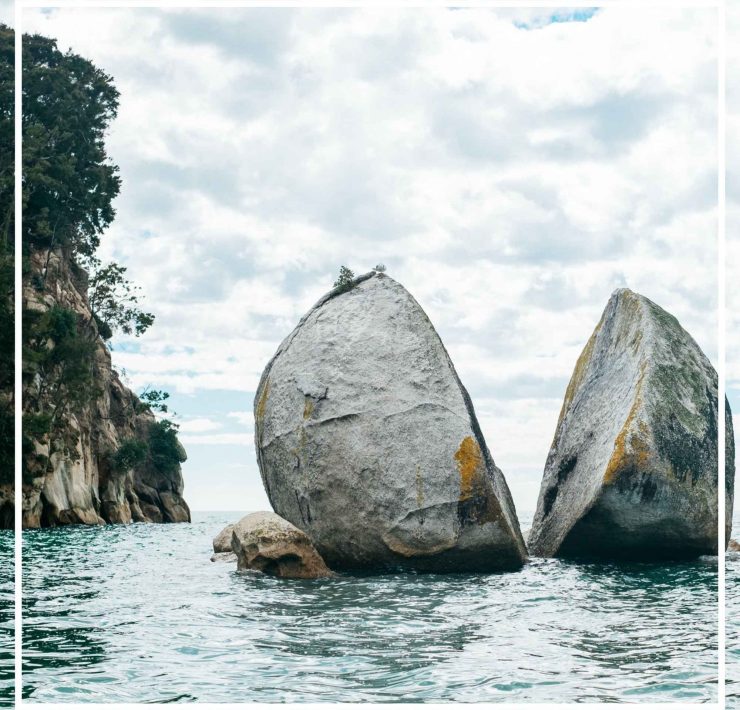Into The Wild: The Five Best Tasmanian Adventures For Nature Lovers
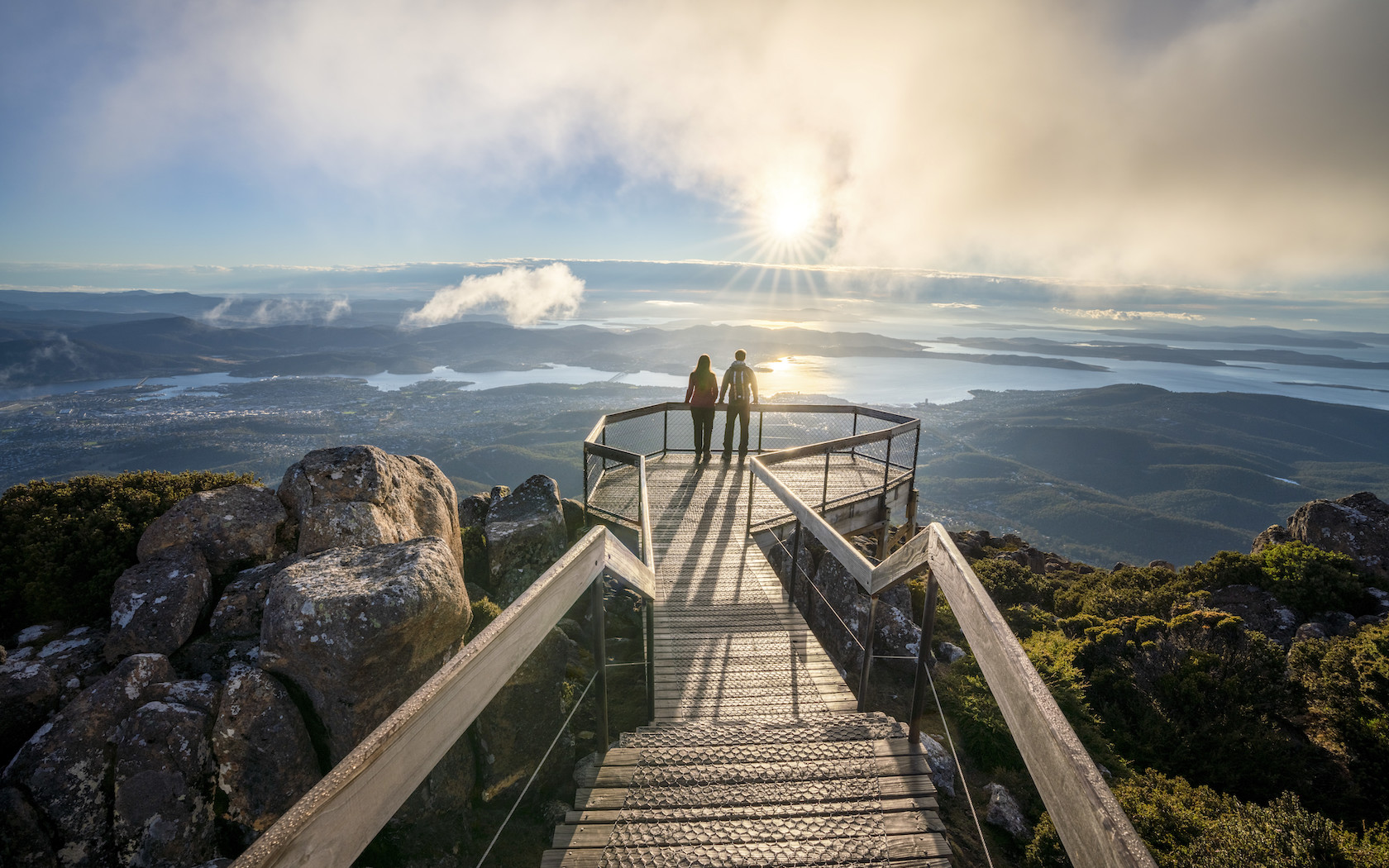
Tasmania is a nature lover’s dream. Look beyond the sleepy seaside charm of Hobart and Launceston where gourmet food and drink reign supreme, and you’ll find a string of islands (off an island) offering loads of adventure.
[related_articles]47635,47766,71281[/related_articles]We’ve brought you the most picture-perfect Tasmanian islands for your next getaway, inspired you to rent your own private island, and we’ve even given you reasons to skip hotels and go campervanning. So to fuel your adventurous spirit even more, we’re here with the nature lover’s guide to Tasmania’s best nature-inspired adventures.
#1 Untouched wilderness on Satellite Island
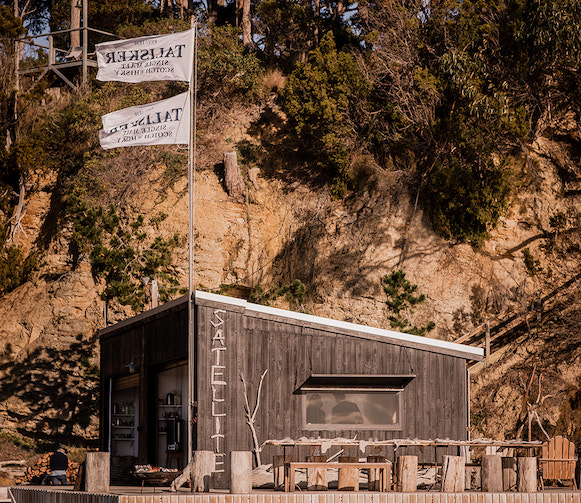
Welcome to a remote paradise at the end of the Earth. We were lucky enough to reach Satellite Island by seaplane thanks to our hosts Talikser Whisky. The best bit? Our adventure started right from the moment we took flight. The journey south from Tasmania’s capital offers stunning views of Mount Wellington, the Derwent River, Bruny Island and beyond. If getting there by seaplane isn’t in the budget, opt for a ferry ride from Bruny Island.
The island is privately owned by Kate and Will Alstergren and was once home to Will’s uncle Ian who was drawn to its unspoilt wilderness. Satellite’s wild spoils were Ian’s artistic muse and often inspired his writing, painting and poetry.
[related_articles]67865,56597,57226[/related_articles]Nature lovers rejoice – this is a place that really spotlights the great outdoors. Satellite Island remains pristine in all corners and offers visitors a range of activities like glamping, cliff walks, bonfires and refreshing ocean swims (even in winter if you’re game!).
It’s surrounded by an ancient rock shelf and there are coves and pebble beaches galore. Our time on the island was extra special, with chef Sarah Glover dishing up a feast for the senses that was paired with winter warmers such as a Hot Toddy in front of an open fire.
Staying on Satellite Island costs$2050 a night for two guests, with a minimum of two nights (additional adults are $300 per person per night). Yep, we agree – at that price point, this is definitely one for special occasions! But a small price to pay for total seclusion, right? There. Convinced.
#2 Surf breaks and fairy penguins on Redbill Beach
Redbill Beach is the main surf spot in the coastal town of Bicheno, north of the Freycinet Peninsula. To satisfy your thirst for adventure grab your board and head out or if diving’s more your thing, Governor Island Marine Reserve’s got you covered with some of the best diving spots in Australia.
Redbill Beach is also a fairy penguin rookery. The best way to see these cuties is by booking a tour that’ll let you get real close at dusk. If you want to see more wildlife, head to the local wildlife park where you can meet kangaroos, Tasmanian devils and pelicans.
Want to set up camp? Friendly Beaches Campground in Freycinet National Park is free of modern amenities meaning you’ll be going back to basics, disconnecting from the world and reconnecting with nature. This is for you if you’re willing to rough it and the payoff comes in the form of access to epic stretches of silky sand along untarnished coastline.
#3 Aurora Australis on Seven Mile Beach

Seeing the Southern Lights is high up on bucket lists the world over. And the fact that Tasmania is one of the best vantage points to see it remains largely unknown. Seven Mile Beach is just 15kms east of Hobart and one of the most popular spots for photographers looking to capture the awe-inspiring natural phenomenon.
[related_articles]71472,55739,58245[/related_articles]The best time to see the Southern Lights is when the night sky is at its darkest. Consider the winter months of June through August for peak viewing. But the fun doesn’t stop there – Seven Mile Beach offers adventure seekers a decent swell as well as a cute corner store, dunes and a nearby oyster farm.
Other popular Tasmanian locations to see the Aurora Australis include Bridestowe Lavender Estate, Cradle Mountain, Eaglehawk Neck, Mortimer Bay and Narawntapu National Park.
#4 Sleep under the stars at Bruny Island
Picture this: You’re gently drifting off to sleep under the stars with a beautiful forest and pristine coastline as your backdrop. This is the stuff dreams are made of. Camping at Bruny Island is an experience like no other.
Better yet, the privately owned camp ground is pet friendly and has a low impact eco-tourism focus so you can sleep easy. The sheltered spot has its own private beach, lagoons, fishing and diving.
[media_embed]https://www.facebook.com/awolaus/videos/2433791953522030[/media_embed]It’d be remiss of us not to mention Bruny Island’s famous walks too. Home to South Bruny National Park and State Forest Reserves, it’s the perfect island for avid walkers. Mavista Nature Walk is an easy rainforest walk that’ll lead you to a breathtaking waterfall, the Fluted Cape Track is a two and a half hour circuit offering striking coastal views and unique wildlife, and the Cape Queen Elizabeth Track combines beach and bush adventure.
Oh, and don’t leave Bruny without a visit to Bruny Island Cheese Co. We promise you won’t regret it.
#5 Magical Caving at Mole Creek Karst National Park
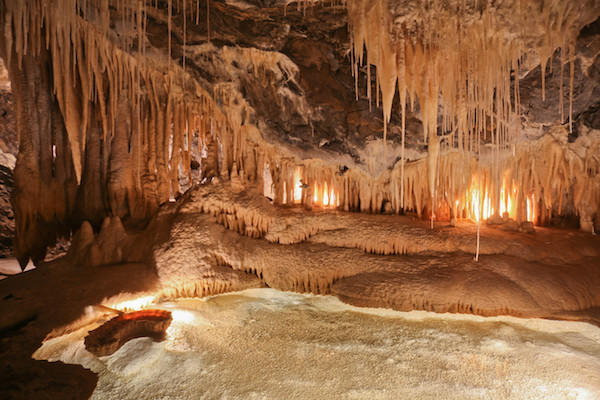
Cavers rejoice! Tasmania is home to some of the world’s most spectacular accessible caves. Think glow worms, subterranean streams and cathedral-like caverns and you’ve got the right idea.
Mole Creek Karst National Park has 300 known caves in amongst its limestone formations and is home to two of the country’s most famous caves: Marakoopa and King Solomons Caves. Marakoopa Cave has two underground streams and the country’s largest display of glow worms. Crystals and other delicate formations (known as the ‘Gardens’) can also be seen in the cave’s cathedral-like cavern.
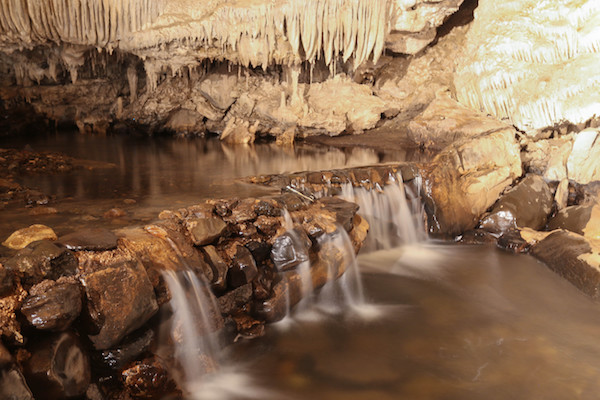
King Solomons Cave got its name thanks to abundance of reflective crystals, sparkling much like the treasures of its namesake. Take a guided tour or join a specialised adventure-caving experience to get the most out of your visit.
The writer travelled to Satellite Island courtesy of Talisker Whisky
(Lead image: Tourism Tasmania)









